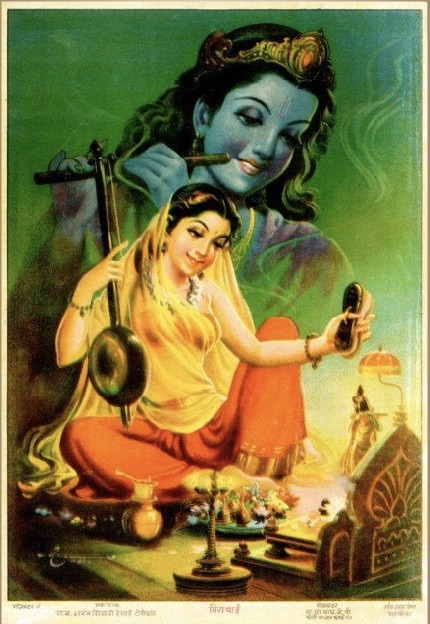I’ve been singing this melody of the Mahamantra for a couple years now. I thought it might be fun to produce a recording of it with a full complement of instruments. At first, I was going to assemble a combo to play, but then decided I’d try to play all of the instruments myself, just to see if I could do it. This involved learning to play some things that I had absolutely no prior experience with, so I kept the parts (especially the percussion instruments) as simple as possible.
The choir was “friend-sourced” on Facebook and Instagram. I was happy to find a dozen folks who were willing to sing along and send me their recordings, and it was a lot of fun mixing all of those together to resemble an actual live Kirtan.
I have no goals or aspirations for the recording, except to spread the joy of singing this mantra. I do hope that it finds its way to someone who will be helped in some way by hearing it, and perhaps singing along.
Notes of Thanks
Thanks to our friends who responded to the call for crowdsourcing the choir. What I heard in my head was a diverse, un-reined choir of loving voices, and that’s exactly what they gave me. I’m so grateful.
Special thanks to Eban Crawford for his advice in tweaking the final mix. He’s not only a talented and highly skilled composer, guitarist, multi-instrumentalist, recording engineer and producer. He is the rarest of creatures in our day and age: a straight shooter with a heart as big as the sky. Thanks, Pal!
To my wife and offspring, who patiently endured listening to this recording in various iterations ad nauseam for the past three months, thanks for the love, encouragement, patience and constructive feedback. Also, special thanks to Claudia who first started me down a Kirtan rabbit hole three and a half years ago. You’ll always be my favorite singing partner, Sweetheart.
To the devotees of every place and time who have shared and spread this sweet, sweet practice of Bhakti, we owe you an inestimable debt.
Finally, to the Lord who creates us, sustains us and takes us back home – to the Lord who is always with us, but is also beyond the beyond – we make our offerings to the One who leads us from darkness to light. It is to You that we bow, and offer our lives.
Credits
Lyrics: The Great Mantra from the Kali-Saṇṭāraṇa Upaniṣad
Hare Krishna Hare Krishna
Krishna Krishna Hare Hare
Hare Rama Hare Rama
Rama Rama Hare Hare
Melody: Brian Noe
Acoustic Guitars, Bass, Slide Guitars, Mridanga, Kartals, Vocals: Brian Noe
Kirtan Response Choir: Dustin Cormier, Michael Deathrow, Dani Kindleyside, Brigita Lajkovic, Donelle Mason, Julie McDonald, Claudia Noe (times two!), Kristin Ponnambalam, Brian Prairie, Cathleen Rittereiser, Beth Rockert and Marilyn Starkenberg
Wise Counsel: Eban Crawford
Production and Mix: Brian Noe
Chant and Be Happy!
ॐ†
You can download the audio of the song for free at this link.
https://archive.org/details/the-cowboy-mahamantra
Also available on BandCamp, with any proceeds going to Neem Karoli Baba Ashram in Taos.
https://noebie.bandcamp.com/track/cowboy-mahamantra
Coming soon to iTunes, Amazon Music and all the other places. 🙂
